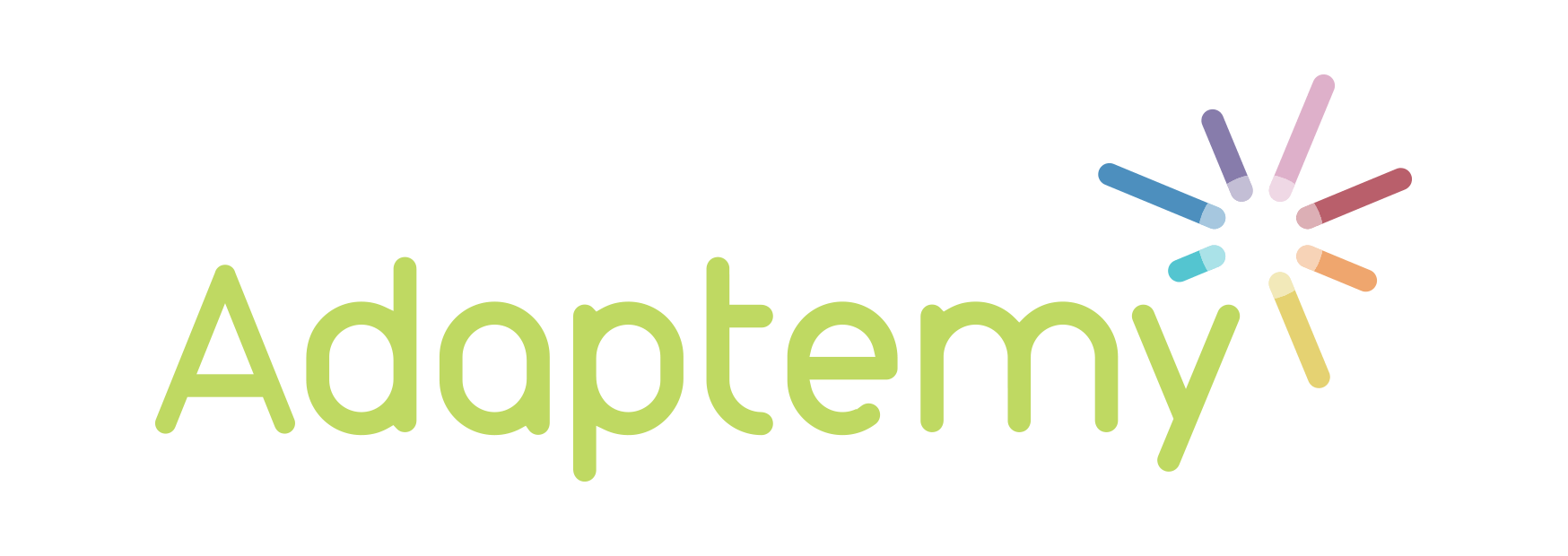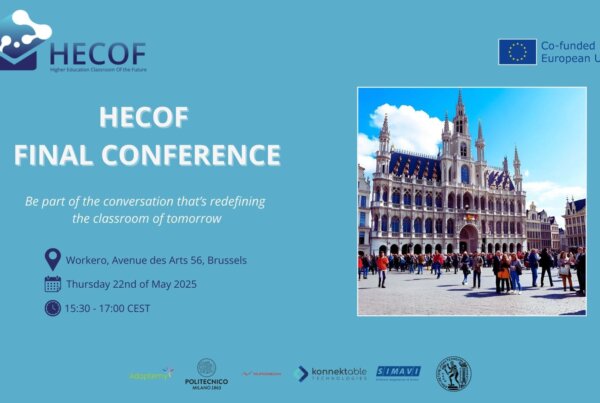
With over 30 years research in the field, adaptive learning solutions have certainly evolved.
It has moved from a “technology of the future” to become realised in large-scale implementation projects that are happening right now.
Educational leaders are exploring the efficacy of adaptive learning while publishers wonder how to choose the correct and best adaptive learning solution.
But how effective is adaptive learning? What are the results?
As we move into the 5th generation of solutions, it is now possible to identify the attributes an adaptive learning business must bring to the table in order to deliver technology that succeeds. These are:
- a strong understanding of classroom dynamics.
- a clear idea of the science of learning.
- knowledge of multidimensional AI algorithms that effectively facilitate true adaptation.
- rigorous evaluation of the learning effectiveness and system accuracy
The evidence of their effectiveness can be whittled down to four bottom-line facts that encompass two foundational measures of edtech efficacy: implementation and impact. These are pass rate, engagement, grade improvement and enjoyment. Let’s discuss these four measures now.
Pass rates
In 2016, the pass rate for tests conducted through our adaptive learning solutions was 67%. The range for e-learning courses is 60-70%, putting the solution a little high of the middle. Research and refinement over the subsequent 12 months has seen this rise to 82%.
And no, the content hasn’t been simplified. Rather, it has been presented in such a way that it is better understood by students, increasing their ability to grasp concepts and embed learning.
Engagement
It is well-known that learning happens when you’re working. The goal then, of an edtech solution, is to have more students engaged (or in ‘flow’) more of the time. Anecdotally – and it must be so because without technology there’s little hard data to confirm this – students are mostly out-of-flow, dabbling with content that is too easy or too hard. Experts estimate ‘flow’ accounts for around 20-30% of learning time.
A large-scale study using Csikszentmihalyi’s flow model, assessed learning flow at an Irish secondary school with students in maths classes.
Each learning experience was categorised by anxiety and boredom rates, based on the students’ ability and the content’s difficulty.
The results from the study show that 88% of students worked within the flow channel.That is, the zone of maximum engagement. A substantial leap. More details can be found in our paper presented at IEEE ICALT 2017 conference.
Grade improvements
Adaptive learning reduces the gap between low and high performers and pushes students towards mastery.
Educational data mining and learning analytics were used in a large-scale study presented at the AACE EdMedia 2016 conference to both evaluate and understand how adaptive and intelligent systems can reduce the gap between various groups of students.
The investigation made use of learning analytics data gathered over a six-month period, when the Adaptemy system powered adaptive and personalised learning experiences. The results have shown that students’ maths ability improved by 8.3% on average per concept for an average of 5 minutes. In 2017, this improvement increased to 12.4% on average per concept.
When revising or practising a concept, the students received similar questions. Variabilised questions were defined using generic data structures which were used to represent question forms.
The question form is used to generate a question at runtime, enable more practice and minimise the possibility of students gaming the system. This enhances the personalisation and uniqueness of the student experience.
Looking at the behaviour and performance of students, who at first attempt failed, we observed that students worked through and persisted until they passed the concept.
The results have shown a 26.6% improvement for that group.
Enjoyment
We know that enjoyment is essential to the learning experience and we consider this aspect when personalising the journey. In another study by Adaptemy, we found that 97% of teachers believe that students enjoy using Adaptemy.
We are constantly researching and trialling new teaching ideas and technologies as well as evaluating current technology.
In-depth research is the backbone of our work. Through our involvement in the pioneering Horizon 2020 programme in projects such as NEWTON and other collaborations with research centres such as Learnovate, PEL, CeADAR, we are making major technological advancements as we continue to bring the best AI technologies to education.
If you would like to know more about adaptive learning solutions please get in touch here.



